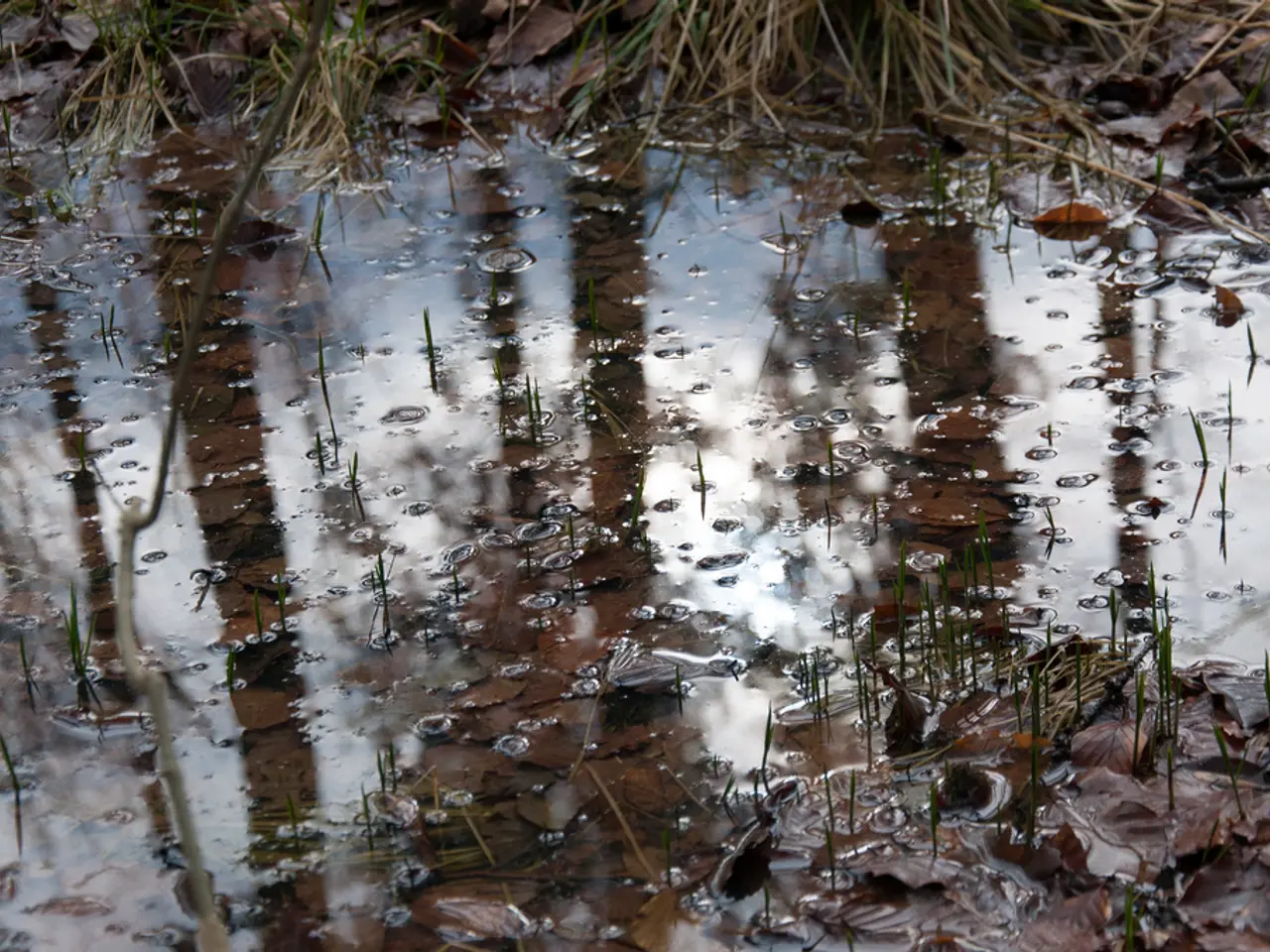Continuous Energy Generation at Mutriku Despite Intensified Wave Power
The Research Group EOLO at the University of the Basque Country (UPV/EHU) has been focusing on Meteorology, Climate, and Environment, among other aspects. Recently, the group's work has been centred around determining the impact of climate change on wave power technology, particularly at the Mutriku wave power plant.
The Mutriku wave power plant, located on the Mutriku breakwater, is a unique facility that supplies electricity to the grid on a continuous basis, making it the only wave farm in the world with such a distinction. The plant, which has been in operation since 2011, boasts 14 oscillating water columns designed to transform wave energy.
Gabriel Ibarra, a researcher in the group, explained that the amount of electrical power obtained from waves is a key focus of their work. The team's research has shown that there has been a growing trend in the strength of waves in the Bay of Biscay as a result of climate change. Despite this trend, the research findings indicate that wave power technology can be a reliable and economically viable source of renewable energy.
Ibarra stated that all the research conducted at the Mutriku facilities is crucial for making forecasts about the future of wave power technology. The study, published in the journal Ocean Engineering with the DOI 10.1016/j.oceaneng.2021.108654, identified ten main types of sea state with which a distinctive pattern of electrical power generation has been associated on a daily scale.
The research also found that moderate long-term changes in wave energy cannot directly affect wave power installations consisting of oscillating water columns. This discovery suggests that wave power facilities can be economically viable despite the uncertainties brought by climate change.
Moreover, the research has shown that highly reliable feasibility and economic studies of wave power facilities can be carried out. The future uncertainties of the resource itself will not have a significant impact on the electrical power performance of the installations throughout their life cycles.
Looking ahead, the EOLO research group at UPV/EHU will focus on advancing wave energy technologies, aiming to improve efficiency and integration. This will enhance the performance and impact profile of wave power plants like Mutriku. The research aims to determine if the trend of increasing wave strength in the Bay of Biscay, due to climate change, will be on a large or small scale and its impact on future output at Mutriku.
In conclusion, the study at the Mutriku facilities provides promising insights into the potential of wave power technology as a reliable and economically viable source of renewable energy, even in the face of climate change.
Read also:
- Understanding Hemorrhagic Gastroenteritis: Key Facts
- Stopping Osteoporosis Treatment: Timeline Considerations
- Tobacco industry's suggested changes on a legislative modification are disregarded by health journalists
- Expanded Community Health Involvement by CK Birla Hospitals, Jaipur, Maintained Through Consistent Outreach Programs Across Rajasthan








